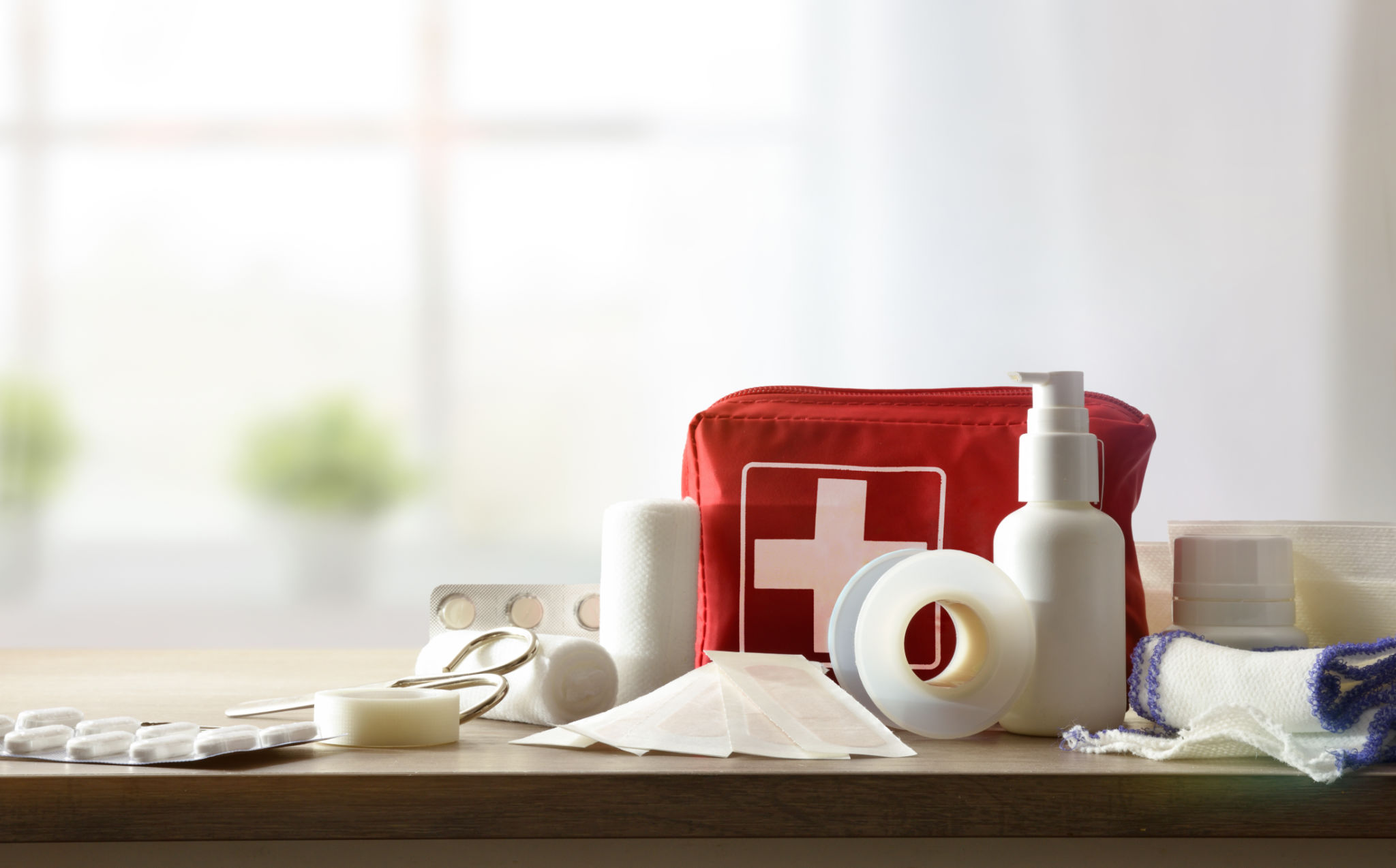Preparing for Large Events: A Checklist for Medical Event Coverage
Understanding the Importance of Medical Event Coverage
Large events, such as concerts, sports tournaments, and festivals, draw in massive crowds, making medical event coverage a critical component of event planning. Ensuring the safety and well-being of all attendees requires meticulous preparation and coordination. In this blog post, we'll explore a comprehensive checklist to help you prepare for medical coverage at large events.
Effective medical event coverage involves anticipating potential medical emergencies and being prepared to handle them swiftly. From minor injuries to more severe health issues, having a well-thought-out plan can make all the difference in ensuring attendees' safety.

Assessing the Event Requirements
Understanding the Nature of the Event
Before diving into the specifics of medical event coverage, it's essential to understand the nature of the event. Is it a high-energy music festival or a family-friendly fair? Different types of events come with unique medical coverage needs. Consider factors such as expected attendance, location, and duration to gauge the level of medical support required.
Identifying Potential Risks
Identifying potential risks is critical for effective planning. Analyze past similar events for common incidents and tailor your medical coverage accordingly. Consider environmental factors like weather conditions, potential hazards at the venue, and the demographic profile of attendees to identify specific health risks.

Creating a Comprehensive Medical Plan
Engaging with Medical Professionals
Engage with experienced medical professionals early in the planning process. Collaborate with local hospitals, emergency medical services, and private medical teams to ensure comprehensive coverage. Establish clear communication channels and protocols for seamless coordination during the event.
Setting Up First Aid Stations
First aid stations are vital for providing immediate medical assistance. Strategically position these stations throughout the venue to ensure easy access. Equip them with essential medical supplies and ensure they are staffed by trained professionals ready to handle various medical situations.

Implementing Effective Communication Systems
Utilizing Technology for Communication
Incorporate technology to enhance communication among medical teams and event organizers. Use radios, mobile apps, or other communication tools to maintain constant contact. This ensures that help is dispatched quickly when needed and keeps everyone informed about ongoing situations.
Educating Event Staff and Volunteers
Ensure that all event staff and volunteers are well-informed about the medical plan and know how to respond in case of an emergency. Conduct training sessions to familiarize them with basic first aid procedures, emergency contact information, and their roles in the event of a medical incident.
Post-Event Evaluation and Feedback
After the event concludes, conduct a thorough evaluation of the medical coverage provided. Gather feedback from medical teams, event staff, and attendees to identify areas for improvement. This feedback is invaluable for refining strategies and ensuring even better medical coverage in future events.
Preparing for medical event coverage is a dynamic process that requires careful planning and constant vigilance. By following this checklist, you can ensure that your event is not only enjoyable but also safe for everyone involved.
